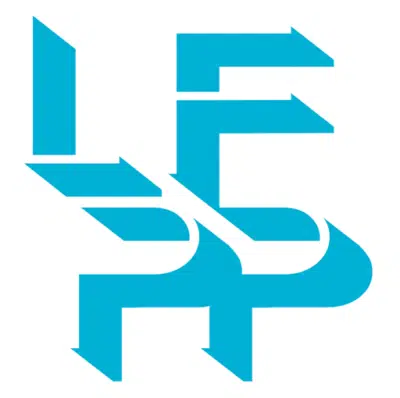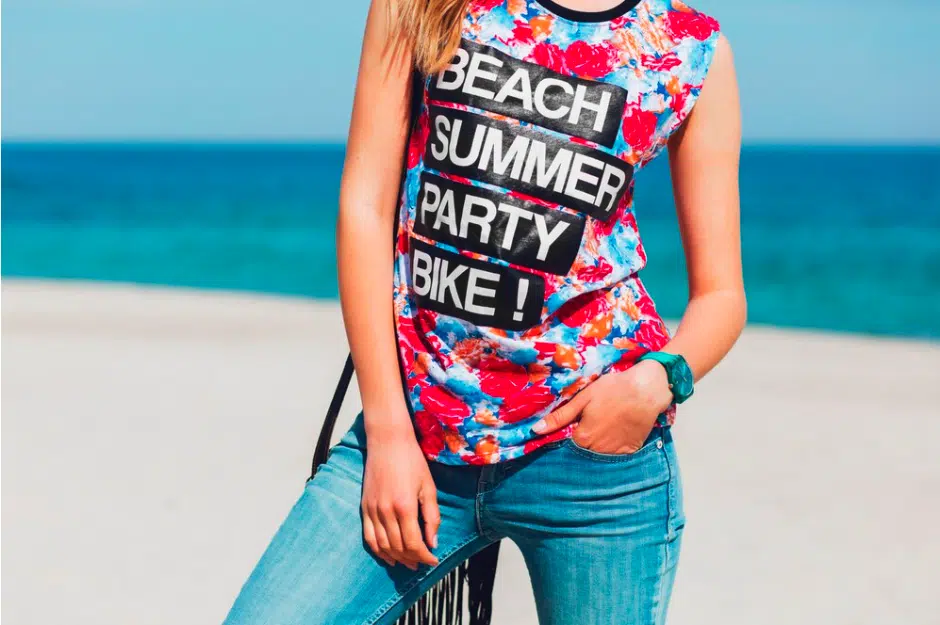Printalk
Unleashing Opportunities: The Rise of DTF Printing
Estimated reading time: 13 minutes
In the fast-paced world of printing tech, there’s a buzz surrounding a game-changer that’s been catching the eyes of industry buffs everywhere. Direct to Film (DTF) printing is not just a rising star; it’s the talk of the town, gaining momentum and sparking curiosity among many professionals.
What’s causing this whirlwind of interest? Well, DTF printing brings a fresh breeze of versatility, business opportunities, and a treasure trove of creative possibilities to the table. It’s not a fleeting trend – it’s a revolution reshaping the canvas of modern printing.
So, grab your virtual seats as we dive into the colorful universe of DTF printing. This blog is your ticket to exploring where innovation meets opportunity, and the very essence of print takes on an exciting new form. Let’s unravel the magic of DTF printing together!
Table of Contents
- What is Direct-to-Film Printing?
- The Genesis of DTF Printing Technology
- How Does DTF Printing Work?
- What Do I Need to Get Started with DTF Printing?
- Pros and Cons of DTF Printing
- Direct-To-Garment vs. Direct-To-Film Printing
- DTF Printing Beyond the Hype: What’s Best for My Business?
- FAQs About DTF Printing
What is Direct-to-Film Printing?
As we can commonly read in many articles, Direct to film (DTF) printing is defined as a digital printing process that involves creating designs on special transfer film and then transferring them onto fabric and garments using heat and pressure. It’s like a temporary tattoo for clothes, except more permanent and versatile!
DTF printing is known for its ability to produce high-quality, vibrant prints on various fabrics, including cotton, polyester, and blends. It allows for intricate designs and full-color printing on textiles.
But that definition is somehow reductive. Let’s explore the subject in more depth throughout this article.
The Genesis of DTF Printing Technology
To understand the genesis of DTF printing, we need to rewind the clock and explore the evolution of textile printing technologies. Traditionally, methods like screen printing, heat transfer, and sublimation printing dominated the scene, each with its strengths and limitations. However, the quest for more efficient and versatile printing solutions sparked the birth of DTF technology.
But let’s rewind to the days when the plastisol transfer ruled supreme. This technique, dating back to the 1970s, was a savior for garment decorators. It neatly separated printing from application, solving inventory woes. No pretreatment was necessary, and a simple desktop heat press could churn out designs efficiently. Life was good.
Fast forward to the early 2000s. The Internet was buzzing with customization fever. People craved personalized apparel. Enter the DTG revolution. The first DTG printer, the aptly named Revolution, hit the market in 2000. Brands like Brother, Epson, Sawgrass, and Ricoh followed suit, expanding the DTG universe. By 2019, the DTG market had ballooned to a whopping $2.5 billion, growing at a steady clip.
But DTG wasn’t without its quirks. Printing directly on garments remained a fussy affair, tied to pricey ink-delivery systems. Each shirt had to be carefully positioned under the print head and heat-set afterward.
Now, imagine a hybrid of DTG and dye sublimation. That’s DTF. Instead of printing directly on fabric, DTF involves printing CMYK plus white colors onto a clear release film using an inkjet printer. At its core, DTF printing marries the precision of digital printing with the versatility of film transfer techniques. This marriage of convenience allows for the creation of intricate designs with vibrant colors on various textile surfaces.
How Does DTF Printing Work?
As we explained in the introduction, DTF printing is a new method for transferring full-color designs onto a variety of substrates, like t-shirts, tote bags, hats, and more. Here’s how it works in a nutshell:
Step 1: Digital Design Creation
DTF printing starts with the creation of a digital design, typically in a vector format. This design serves as the blueprint for the final print, allowing for intricate details and vibrant colors.
Step 2: Printing on Specialized Film
The digital design is then printed onto a unique film using a DTF printer. This film is crucial to the process, acting as a carrier for the ink that will eventually be transferred to the target material.
Step 3: Apply Adhesive Powder
Sprinkle the powder over the wet print. You can do this step this either manually by gently shaking the powder container over the print or by using a specialized powder shaker machine. But ensure the powder is spread evenly while the print remains damp to guarantee proper adherence. Carefully remove any surplus powder, leaving only what adheres to the print. This step is vital as it acts as the adhesive securing the print to the fabric.
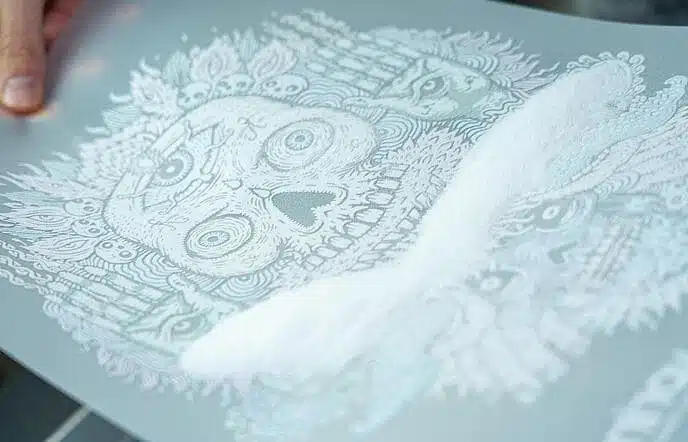
Step 4: Curing the Printed Film
After printing, the film undergoes a curing process to ensure that the ink adheres effectively. This step is essential for achieving durability and vibrant colors in the final print.
Step 5: Transfer to Substrate
The printed and cured film is then carefully placed onto the target material, whether it’s fabric, wood, leather, or other surfaces. A heat press is applied to facilitate the transfer of the ink from the film to the substrate.

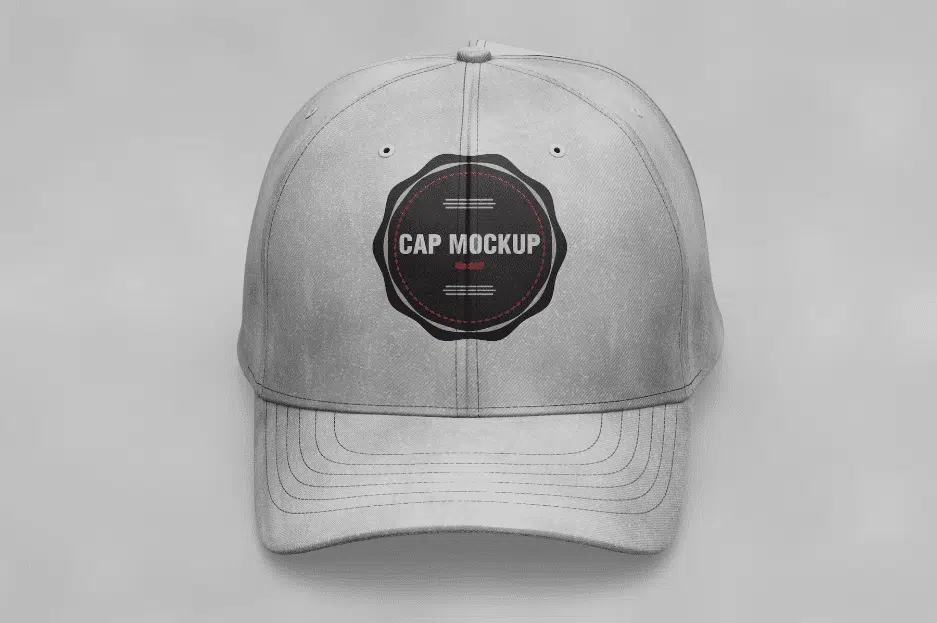
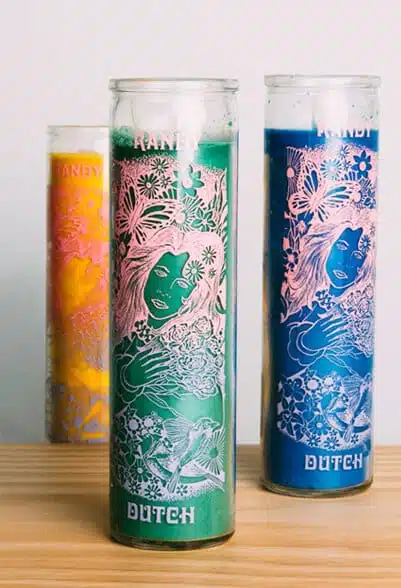
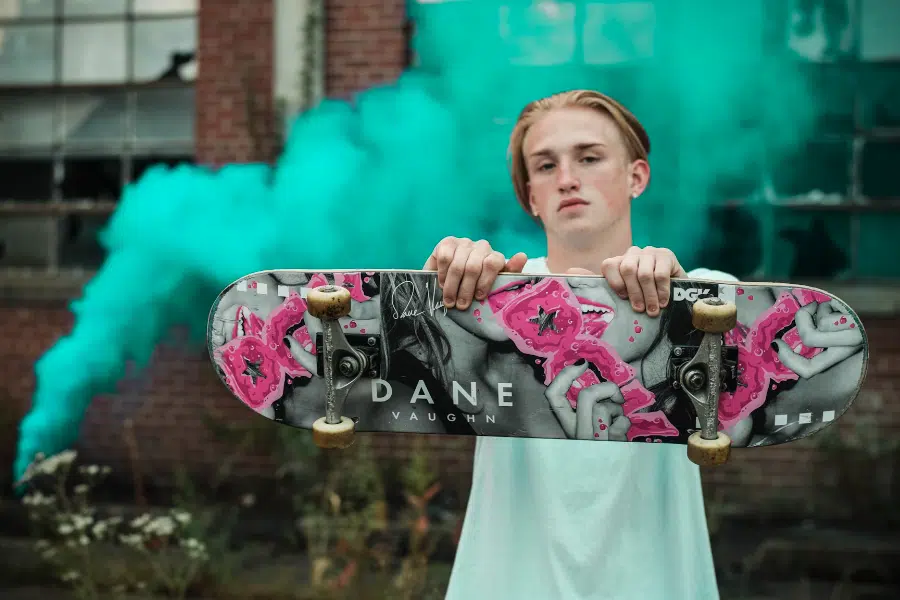
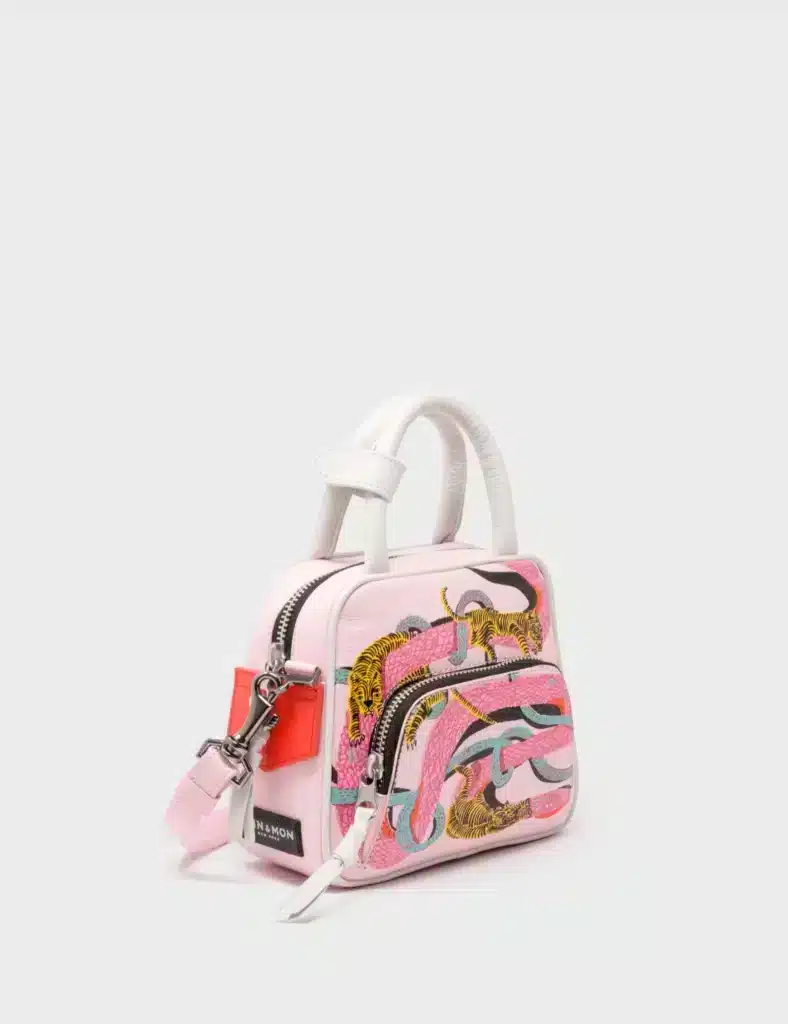
Step 6: Peeling Off the Film
Once the transfer is complete and the substrate has cooled, the film is peeled off, leaving behind a high-resolution, detailed print on the material.
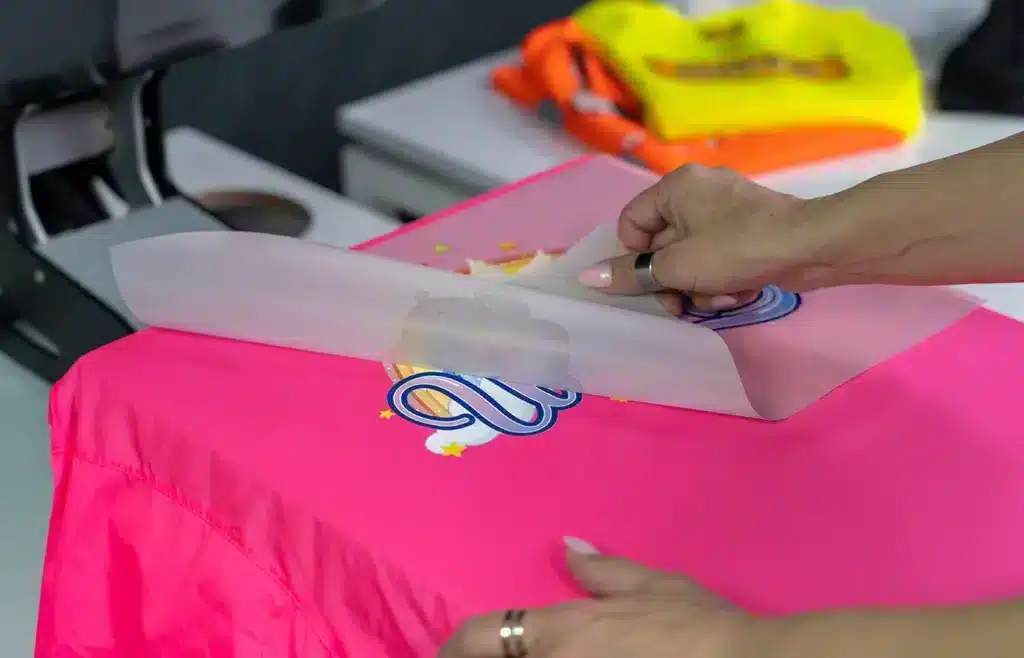
Step 7: Curing the Ink to the Fabric
Optionally heat press the garment with the design one final time to cure the ink to the fabric. This final step will increase the life and durability of your design but it may lose color saturation.
The result is a vibrant, detailed, and durable custom print. The direct-to-film transfers are thin and soft and are really nice to the touch. This process is a step up from other methods and doesn’t require any cutting or weeding, like heat transfer vinyl (HTV), or “marrying” like a white toner printer.
What Do I Need to Get Started with DTF Printing?
To embark on your DTF printing journey, you’ll need the following essentials:
DTF Printer
Of course, the heart of DTF printing is the DTF printer itself. This specialized printer is equipped with printheads designed to deposit ink onto the DTF film with precision. There are various models and sizes of DTF printers available on the market, so you’ll need to choose one that suits your specific printing needs and budget.
Specialized Film
DTF film serves as the medium onto which the designs are printed before being transferred to the target substrate. This film is typically transparent or translucent and coated with a special adhesive layer that facilitates the transfer process. You’ll need to ensure that the DTF film you use is compatible with your printer and ink.
DTF Ink
DTF printing relies on a unique water-based pigment ink tailored precisely for this process. Once applied to PET film, it creates a resilient, vivid layer that withstands the heat press procedure. This ink variant is essential to guarantee both durability and top-notch print quality.
Curing Material
In the realm of DTF printing, hot melt adhesive powder plays a crucial role in achieving impeccable results. Once your design graces the PET film, a delicate layer of this adhesive powder is delicately applied. This fine powder works its magic, seamlessly adhering to the freshly printed ink, forging a robust bond that’s primed to withstand the rigors of the impending heat press process.
Heat Press
However, not all handshakes are created equal. Choosing the right heat press is critical for consistent, high-quality transfers. Look for a machine that delivers precise and even heat distribution across its platens. You’ll also want adjustable pressure settings to cater to different fabric types and thicknesses. Remember, consistency is key – opt for a heat press with reliable temperature control to avoid inconsistent results and potential damage to your design.
Beyond merely pressing, the heat press plays a crucial role in DTF printing, acting as the “cure” for your design. It generates the perfect combination of heat and pressure, transforming the adhesive powder into a permanent bond between the printed design and your fabric. Think of it like a magical handshake ensuring your design stays vibrant and wash-resistant.
Pros and Cons of DTF Printing
What Are the Benefits of DTF Printing?
Direct to Film (DTF) printing offers a range of benefits that make it an increasingly popular choice in the world of modern printing. Here are some key advantages of DTF printing:
Material Versatility: DTF printing is exceptionally versatile, allowing for printing on various materials beyond textiles, including wood, ceramics, leather, metal, and more. This versatility expands the range of applications and creative possibilities for businesses.
High Resolution with Vibrant Palette: DTF excels in producing high-quality, multicolor prints with a broad vibrant color palette and accurate color matching. This is particularly beneficial for industries such as fashion and promotional products where visually appealing designs are crucial. The process of printing on a film before transferring it to the material enables DTF printing to achieve a high level of detail and precision. Fine lines, intricate patterns, and complex graphics can be reproduced with accuracy, making it ideal for detailed designs.
Cost-Effective for Short Runs: DTF printing is more cost-effective than traditional methods, especially for short to medium print runs. This makes it an attractive option for businesses that require flexibility in fulfilling smaller orders without compromising on the quality of the prints.
Customization and Personalization: DTF printing allows for easy customization and personalization of prints. This is a key advantage for businesses involved in producing personalized apparel, promotional items, and other customized products.
Durability of Prints: DTF prints are known for their durability. The ink adheres effectively to the material, resulting in long-lasting and resilient prints.
Lower initial investment: DTF printing requires a lower initial investment compared to DTG. While DTF printers are typically priced below 12 000€, DTG printers are ranging from 12 000€ to 70 000€ for a high-quality machine.
What Are the Drawbacks of DTF Printing?
Despite the myriad advantages that Direct to Film (DTF) printing brings to the table, it’s essential to acknowledge that, like any technology, it comes with its own set of drawbacks.
Initial Investment: Acquiring DTF printing equipment can be a significant upfront investment particularly for smaller enterprises or startups. However, the potential return on investment can be rapid, owing to the efficiency and scalability inherent in the DTF process.
Color Limitations: Achieving certain colors and effects, such as metallics or fluorescent shades, may be challenging with DTF printing. The ink formulation and printing process may impose limitations on color accuracy and vibrancy compared to other printing methods. In addition, DTF printing performs best on light-colored materials, limiting its application on dark fabrics.
Texture and feel: The smoother feel achieved through DTG printing makes it a preferred choice for those seeking high-quality, comfortable, and long-lasting printed garments. When opting for DTF printing, the process involves applying a film layer onto the fabric surface before transferring the design. This additional layer can result in a slightly rougher texture compared to DTG printing, where the ink is directly applied to the garment’s surface. While the difference may be subtle, it’s noticeable upon touch, especially for those sensitive to texture or accustomed to the smooth feel of DTG prints.
Learning Curve: Although the DTF printing process itself is relatively simple, mastering the technique takes time and practice. Businesses must consider this learning curve, during which production efficiency may not reach its peak.
Direct-To-Garment vs. Direct-To-Film Printing
As you reach this stage, you may be pondering which technology to choose between DTG and DTF, and possibly questioning why DTF would be preferable when DTG that has demonstrated its efficacy over time. While both Direct to Garment (DTG) and DTF printing methods produce high-quality prints, they differ in their approaches.
DTG involves printing directly onto the fabric, making it suitable for cotton-based materials. This method is renowned for its ability to produce soft, breathable prints with exceptional durability. DTG printing is ideal for intricate designs and complex graphics, delivering a professional finish directly onto the garment. While setup costs may be higher compared to DTF printing, DTG’s automated processes and efficient workflows make it a favored choice for businesses with larger printing volumes.
DTF, on the other hand, provides more versatility with a broader spectrum of substrates and materials, such as textiles, wood, ceramics, and metal. This technology empowers companies to expand and diversify their service offerings. With DTF printing, vibrant colors, intricate designs, and customization options are at your fingertips. The process is cost-effective for short runs and boasts a lower initial investment compared to some alternatives.
Choosing between DTF and DTG printing depends on your specific needs. If you prioritize versatility, vibrant colors, and the ability to print on various materials, DTF may be the ideal choice. For cotton-centric projects with a focus on soft-touch prints, DTG could be more suitable.
DTF Printing Beyond the Hype: What’s Best for My Business?
In conclusion, DTF printing represents a paradigm shift in the world of printing technologies. As we navigate the landscape of DTF technology beyond the hype, the benefits become apparent. By combining the precision of digital printing with the versatility of the technique, DTF opens up new possibilities for creative expression and customization at very reasonable costs.
DTF printing is perfect for businesses that want to print high-quality, full-color designs on garments. It is especially useful for printing on light-colored fabrics, which can be challenging with other printing methods. DTF printing is also ideal for small businesses that want to produce custom designs in small quantities, as it is a cost-effective method for on-demand production.
However, the journey doesn’t end here. The counterpart, DTG, brings its own set of advantages. Businesses that require fast turnaround times and high-volume production, breathable prints for enhanced comfort, and are willing to invest in more expensive equipment, may find DTG to be the better fit.
The debate between DTF and DTG printing is not about determining a clear winner, but rather understanding which technology aligns best with your specific printing needs and business goals. Ultimately, the choice between DTF and DTG printing depends on factors such as production scale, material preferences, customization requirements, and budget constraints. By carefully evaluating these considerations, businesses can make an informed decision to leverage the strengths of either DTF or DTG printing and propel their printing endeavors to new heights.
We hope this article has provided you with a deeper understanding of DTF printing, including its advantages, drawbacks, and valuable insights to help you make an informed decision when selecting your print technology.
FAQs About DTF Printing
DTF printing is compatible with various surfaces, including clothing such as T-shirts, hoodies, jeans, and caps. Additionally, it can be used on wood for items like wooden signs, plaques, coasters, and picture frames. But DTF printing also works well on metal surfaces for industrial signage, medals, keychains, and trophies. Furthermore, accessories like leather bags, fabric bags, and umbrellas can be printed using DTF. Some plastics, including phone cases, notebooks, stationery, and mousepads, are also compatible with DTF printing.
Surfaces that are not suitable for DTF printing typically include those that are extremely rough or uneven, such as heavily textured fabrics or materials, as they may not allow for proper adhesion of the ink.
Additionally, surfaces that cannot withstand the heat and pressure involved in the DTF printing process may not be suitable. Examples may include delicate materials that can melt or deform under high temperatures. It’s essential to consider the specific requirements and limitations of the DTF printing method when selecting surfaces for printing.
DTF printing is compatible with a wide range of textiles, including synthetic textiles (such as polyester, nylon, and acrylic) and natural textiles (such as cotton and wool).
When properly cared for, DTF transfers can last as long as the fabric, ensuring durable and long-lasting prints.
When utilizing DTF, it’s important to be aware of the accepted formats for printing your designs, which include: AI, EPS, PS, PDF, BMP, TIF, JPG, PNG, and PSD.
Garments printed with DTF can be washed in cold or warm water, inside out, and without fabric softener. It is recommended to air dry or tumble dry on low heat.
Yes, you can use DTF ink in a DTG printer, but the results may not be as satisfactory as using a DTF printer specifically designed for this technique.
No, it is not possible to print on garments with pre-printed designs. The existing design must be removed before printing the new design.
Ensuring an even distribution of the powder onto the fabric can be challenging. Uneven coverage can lead to blotchy or faded areas in the printed design, affecting the overall quality and appearance of the final product.
Yes, you can print on garments with raised details, but the results may be less satisfactory. The raised details may prevent the DTF ink from adhering well to the fabric.
DTF printing can be considered relatively eco-friendly compared to some other printing techniques, but it also has its environmental considerations.
On the positive side, DTF printing typically requires fewer chemicals and water compared to traditional screen-printing methods. Additionally, it often generates less waste because it doesn’t involve the use of screens or excess ink.
However, DTF printing still involves the use of ink, which can contain chemicals and pigments that may be harmful to the environment if not disposed of properly. Additionally, the process of transferring the printed film onto the substrate usually requires heat press equipment, which consumes energy.
I hope these answers help address your questions about DTF printing. If you have any further inquiries, feel free to reach out!
